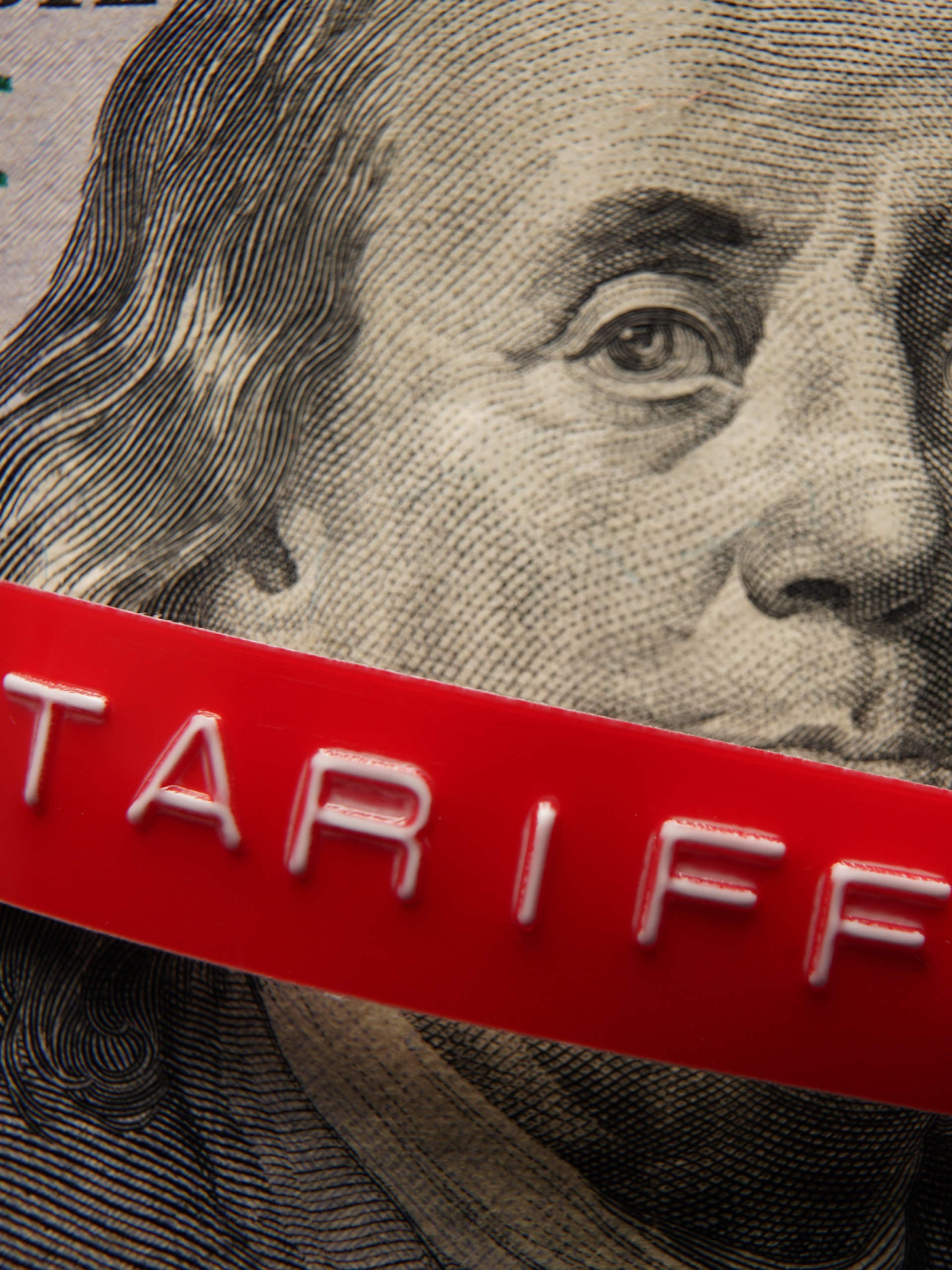Tariffs and taxes on imported goods can significantly affect firearm manufacturing, especially in the US. The government uses these measures to promote trade competitiveness and protect domestic industries. However, the way tariffs will affect firearm manufacturing goes beyond basic economic policy, particularly when it comes to high-end firearms and accessories. These tariffs influence where manufacturers source components, determine production locations, set pricing structures, and shape what products consumers can access and afford.
Understanding Tariffs in Firearm Manufacturing
The firearm industry, a staple in both sporting and professional circles, is heavily regulated. Import duties on firearm components or fully assembled units can vary depending on the country of origin. Tariffs on imported components raise production costs for manufacturers in the United States, especially when sourcing precision parts or exclusive materials from abroad.
This can result in higher consumer prices or narrower profit margins for businesses. Conversely, tariffs may elevate end prices for overseas manufacturers exporting to the US, making foreign products less competitive in an already crowded market. At the same time, tariffs push manufacturers to source parts or produce firearms domestically in order to avoid steep import fees. This shift affects where guns are made and is something you should know about manufacturing in the US versus overseas.
Domestic manufacturing can offer advantages, such as faster production times, direct quality oversight, and fostering consumer trust in “made in the USA” products. However, it often comes with increased labor costs, energy expenses, and regulatory compliance, which can drive up prices.
Tariffs Manage Competition and Innovation
Tariffs can stimulate innovation and competition within the industry. By making imports pricier or less available, tariffs compel domestic manufacturers to step up their game and invest in cutting-edge technologies and production methods.
For example, a US-based firearms company that once relied on imported optics faces new tariffs that double the cost of those components. In response, the company partners with a domestic optics startup, co-developing a new line of rifle scopes designed and manufactured in the US. Not only does this move bypass import fees, but it also positions the brand as a champion of innovation in the US.
How Consumers Feel Tariff Ripples
For athletes and professional shooters, tariffs can influence buying decisions in subtle and not-so-subtle ways. High import duties on certain firearm components might translate to fewer choices at dealerships or increased prices on high-end models made abroad. Those favoring domestically manufactured firearms might find prices climbing as companies absorb compliance costs or increased competition. However, there’s an undeniable upside. Many consumers can take pride in purchasing domestic products that reflect a dedication to local artistry and standards.
The Bottom Line
The impact of tariffs on the firearm industry goes far beyond production bases and bottom lines. For the passionate firearms community, tariffs shape availability, affordability, and innovation, serving as opportunities and obstacles. Whether you’re aiming for high-end models or exploring everyday accessories, understanding these dynamics offers insight into how trade policies influence the products available to you. At the same time, they pose an important question for manufacturers in balancing cost competitiveness with quality and innovation.
Casey Cartwright
Latest posts by Casey Cartwright (see all)
- Psychological Demands of Wildland Firefighting – June 23, 2025
- Essential Equipment Every Beginner Needs for Archery – June 18, 2025
- The Best Fish To Try and Catch in Northern Canada – June 4, 2025

Leave a Reply